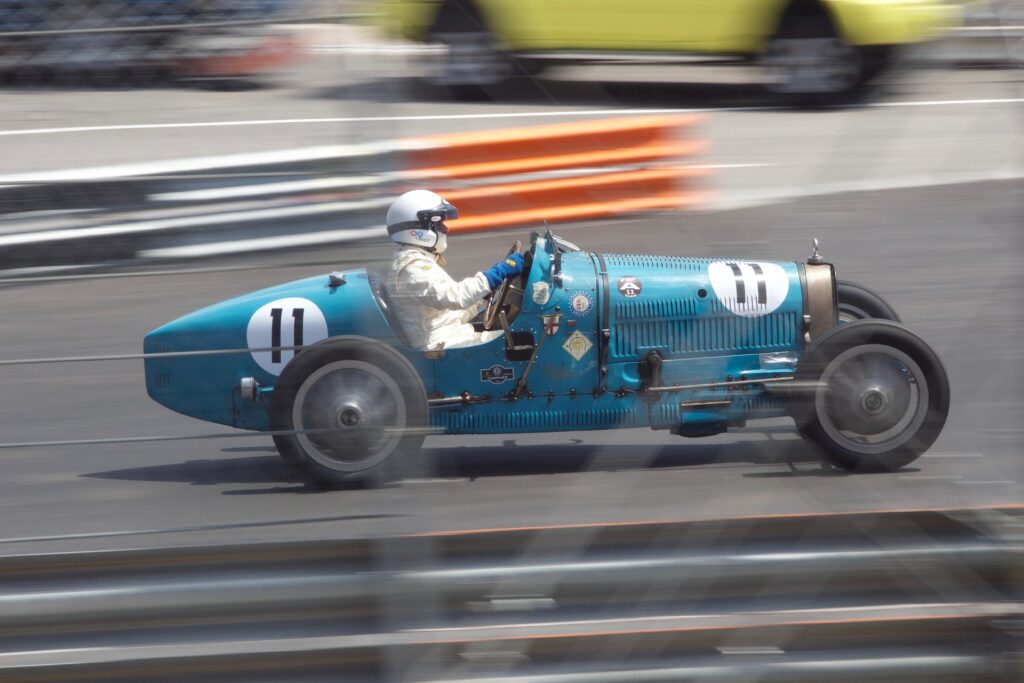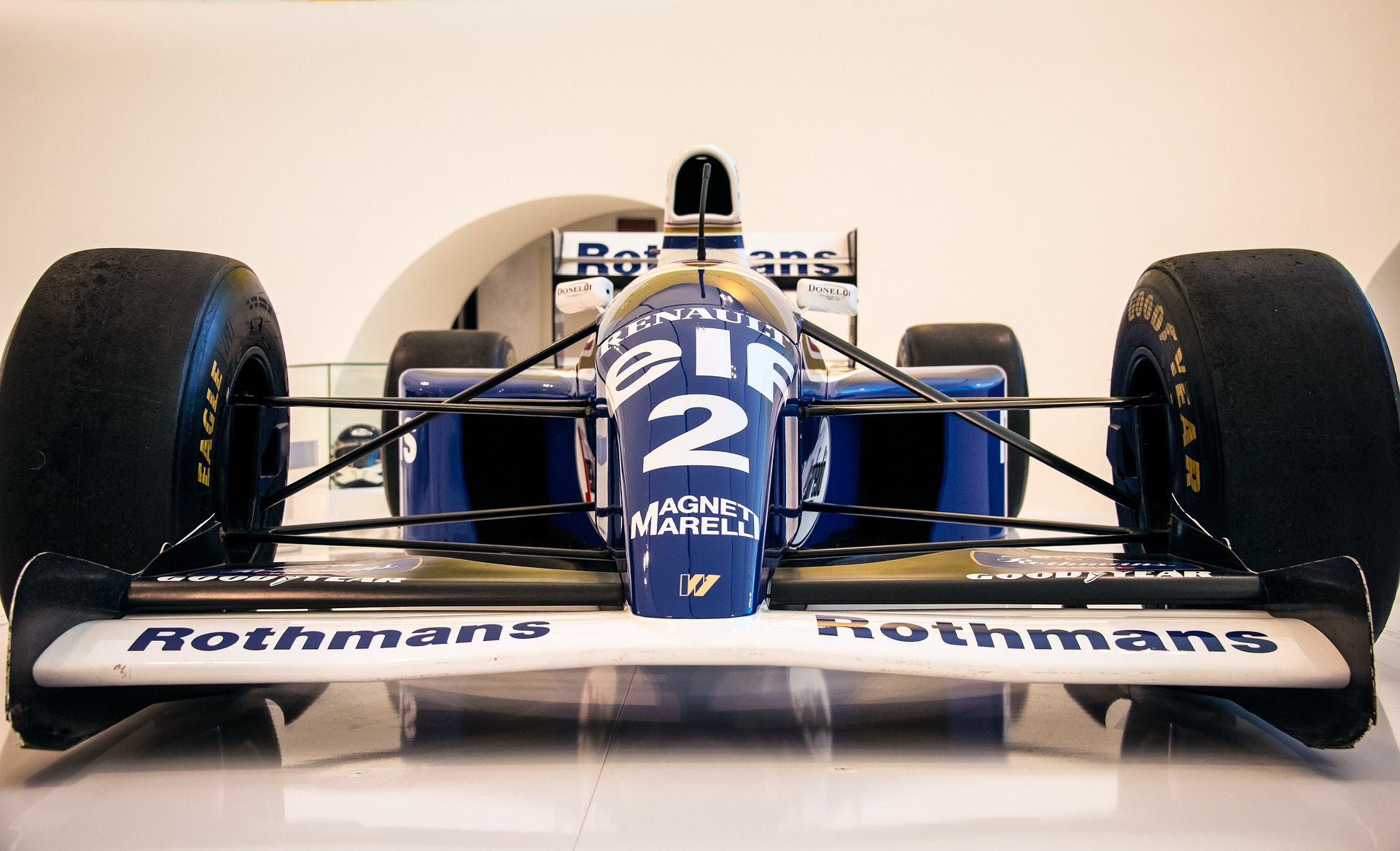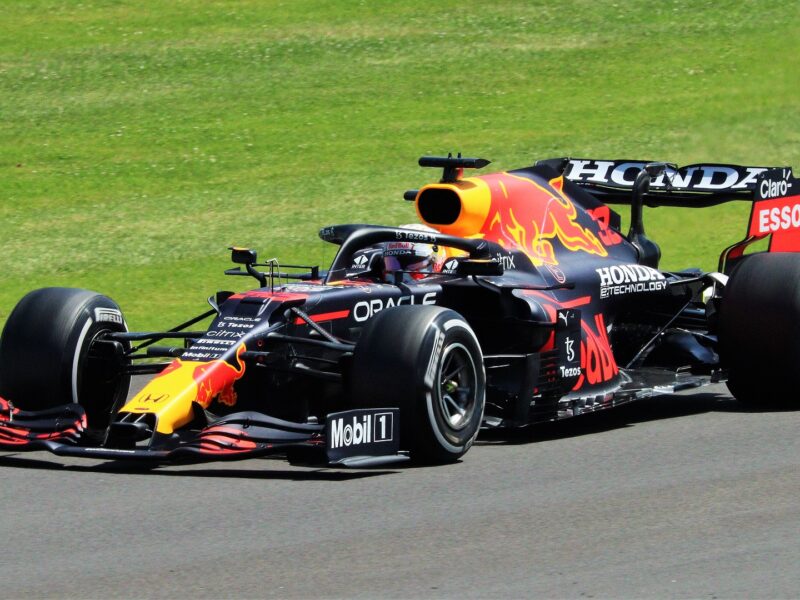Welcome to my blog! Here, we’ll be discussing the role of the DRs in Formula One racing. For those of you who don’t know, DRs stands for “drag reduction system.” This system is used to reduce the drag on a car in order to increase its top speed.
Introduction
In Formula One racing, the DRs (or Drag Reduction System) is a device that is used to reduce the amount of drag on the car. This allows the car to go faster and makes it more aerodynamic. The DRs is activated by a button on the steering wheel and it works by opening up a flap on the rear wing of the car. This increases the amount of downforce on the rear of the car and helps to keep it more stable. The DRs can be used at any time during the race, but it can only be used once per lap.
What does drs stand for in formula one racing
The “DRS” in Formula One racing stands for Drag Reduction System. This system was introduced in 2011 as a way to improve overtaking in Formula One races. The DRS consists of a moveable flap on the rear wing of the car that can be activated by the driver when he is within one second of the car ahead. When activated, the flap reduces aerodynamic drag on the car, making it significantly faster. This allows the driver to close up quickly on the car ahead and make an overtake. The DRS can only be used in specific zones on the track and must be deactivated again before the end of the zone.
How do DRs help drivers in Formula One racing
The Drag Reduction System (DRS) is a system used in Formula One racing to help drivers overtake others by reducing drag on their car. It was introduced in 2011 and has been used in every Formula One season since then.
Drag Reduction Systems work by opening up a slot in the rear wing of the car, which reduces drag and allows the car to go faster. The driver can activate the system when they are within one second of the car ahead of them, and it can be used for a maximum of two seconds per lap.
DRs have helped to make Formula One racing more exciting, as they allow drivers to overtake each other more easily. They have also been credited with helping to reduce accidents, as drivers are less likely to make sudden movements when they are close to another car.

What are the benefits of using DRs in Formula One racing
The use of Drag Reduction Systems (DRS) has been a controversial topic in Formula One racing since its introduction in 2011. Some believe that it creates an unfair advantage for those who can use it, while others argue that it makes the racing more exciting. There is no doubt that it has had a significant impact on the sport, and here we will take a look at some of the benefits of using DRs in Formula One racing.
1. It promotes overtaking
One of the main criticisms of Formula One racing is that it can be quite processional, with teams strung out in single file for most of the race. This is often due to the fact that it is very difficult to overtake another car on the track. The use of DRs has helped to promote overtaking by giving drivers an extra boost of speed when they are trying to pass another car.
2. It creates closer races
The fact that DRs promote overtaking also means that races are usually much closer than they would be without them. This can make for some thrilling finishes, as drivers battle it out for position right until the checkered flag.
3. It adds an extra element of strategy
The use of DRs has added an extra element of strategy to Formula One racing, as teams have to decide when and how to use them during the race. This can often make the difference between winning and losing, and so teams have to carefully consider their options before making any decisions.
4. It makes the sport more exciting
Generally speaking, the use of DRs has made Formula One racing more exciting for both fans and drivers alike. The close races and constant overtaking make for a very exhilarating experience, both on and off the track
Are there any drawbacks to using DRs in Formula One racing
There are several drawbacks to using DRs in Formula One racing. One of the primary drawbacks is that it can be difficult to control the car when using DRs. Another significant drawback is that DRs can cause wear and tear on the brakes and tires. Additionally, DRs can also cause the car to become less aerodynamic, which can impact performance.
How have DRs changed Formula One racing over the years
DRs were introduced in 2011 as a way to encourage overtaking in Formula One racing. The system allows drivers to deploy a rear wing flap to increase straight-line speed and reduce drag, making it easier to overtake another car.
The use of DRs has been controversial since its inception, with some feeling that it artificially promotes overtaking and makes the sport less about driver skill and more about technology. However, there is no doubt that DRs have had a significant impact on Formula One racing, and the sport has seen a dramatic increase in overtaking maneuvers in recent years.
While some may argue that DRs have taken away from the purity of Formula One racing, there is no denying that they have made the sport more exciting for fans and spectators.
What is the future of DRs in Formula One racing
The future of DRs in Formula One racing is shrouded in uncertainty. The role of DRs has come under scrutiny in recent years, with some suggesting that they are nothing more than a hindrance to the sport. There have been calls for them to be scrapped altogether, but it remains to be seen whether this will happen.

